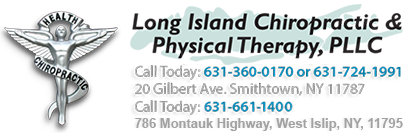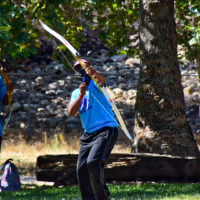There are three main reasons for the failure of a New Year’s resolution and your physiotherapist is able to help you with these reasons. A perfect physical rehabilitation is important there.
- The absence of a structured action plan a firm and clear routine will help overcome this obstacle.
- Low self-confidence we will help you by setting small, progressive goals and encouraging you with positive reinforcement and empowering yourself.
- Poor time management by means of a personalized program that meets your health and fitness needs, we allow you to make more use of your time.
Most resolutions are doomed to failure

Did you know that the majority of New Year’s resolutions fail? Manage your expectations. Remember that the road to health is a marathon, not a sprint to the finish line. Be patient and make gradual and lasting progress toward your goal. Examples to consider:
- If you plan to run a marathon, make sure you set a short-term goal, such as walking / running 3 or 4 times a week.
- If your resolution is to lose 7 kg, a good first step would be to avoid the morning bagel with cream cheese and coffee and instead opt for a fruit and green tea.
- Rather than depriving yourself of your favorite foods, choose to eat a healthy combination of fruits, vegetables and lean meats, so you can afford to eat your favorite foods once every two weeks.
- Rather than “going to the gym for exercise”, call a healthcare professional like us and ask for an assessment to start a structured exercise program under the supervision of a physiotherapist.
If one of your resolutions is to improve your health and well-being this year, we will be happy to walk with you. We will help you set realistic goals, hold you accountable for your plan, and help you regain the confidence you need by designing a personalized and structured exercise program for you. Such a program is designed to improve your muscle strength, flexibility and endurance.
Neck Pain and Neck Sprain
Neck pain, commonly known as “neck pain”, can develop gradually or suddenly, with or without trauma. Here is an overview of the different pathologies and possible causes of this neck pain as well as some tips for treating it.
Neck pain: Neck pain simply means “neck pain”. It can appear gradually or suddenly, with or without trauma.
Cervical sprain: When the pain appears following a trauma, it is called cervical sprain.
Cervico-brachialgie: The pain of the neck can also extend towards the arm and even up to the hand and is occasionally accompanied by numbness. This is called cervico-brachialgia, which means “neck and arm pain”. It is usually caused by irritation of the nerves in the neck secondary to osteoarthritis (joint wear) or a disc problem.
Torticollis: When the onset is sudden, without trauma, with localized neck pain and difficulty moving, we speak more of torticollis. This is secondary to muscle spasms, but often hides a joint dysfunction in the underlying vertebrae.
Cervical Sprain, Cervico-Brachialgia And Torticollis: What Differences?
The first symptoms are of course neck pain, but this pain can also extend to the upper back, shoulder blades and shoulders. The person will then feel stiffness and often a limitation of their neck movements. Headaches can add to the symptoms. In some cases, there will be dizziness or lightheadedness. If a nerve in the neck is affected, there may be tingling or numbness in one arm, up to loss of strength in the affected arm.




